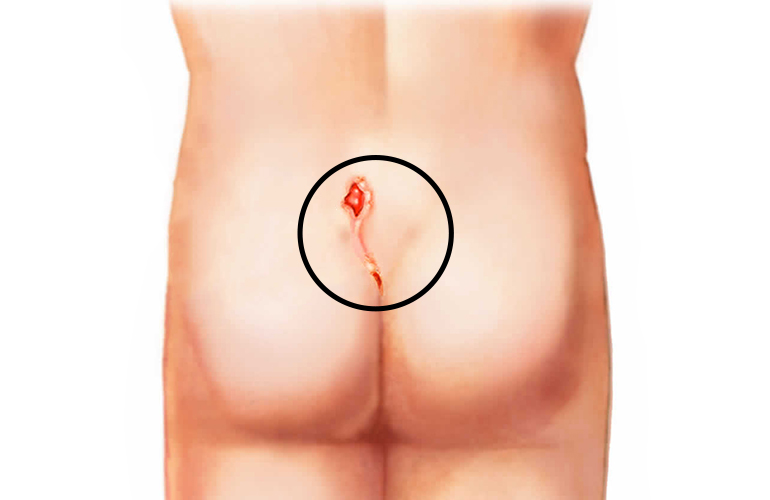
The pilonidal sinus first manifests itself with the formation of sinus openings that open out from the skin in the coccyx (sacrococcygeal region). Generally, there are hairs that go into the mouth of these sinuses under the skin.
It is thought that pilonidal sinus disease is caused by the passage of small particles such as hair and thrush accumulated in the coccyx into the subcutaneous tissue with the friction movement.
The hair reaching the subcutaneous tissue causes the development of abscess with the entry of bacteria. Then the disease spreads by opening new tunnels in the skin over time. It can be seen in all ages, although it is more common in young adults (15-35).
The incidence in men is considerably higher than in women (3-4 times). For this reason, this disease is often known as the young adult male disease.
Excessive amount of hair on the back, waist and coccyx and their shedding, narrow and deep structure of the coccyx, thin skin in the area, hard hair structure, insufficient attention to the hygiene of the area, frequent sweating, working in jobs that require constant sitting and obesity. conditions such as pilonidal sinus are risk factors.
The treatment is surgery. Various methods such as microsinusectomy, phenol application, laser, primary excision, karydakis repair, limberg flap, rotational flaps are used among the surgical options.

